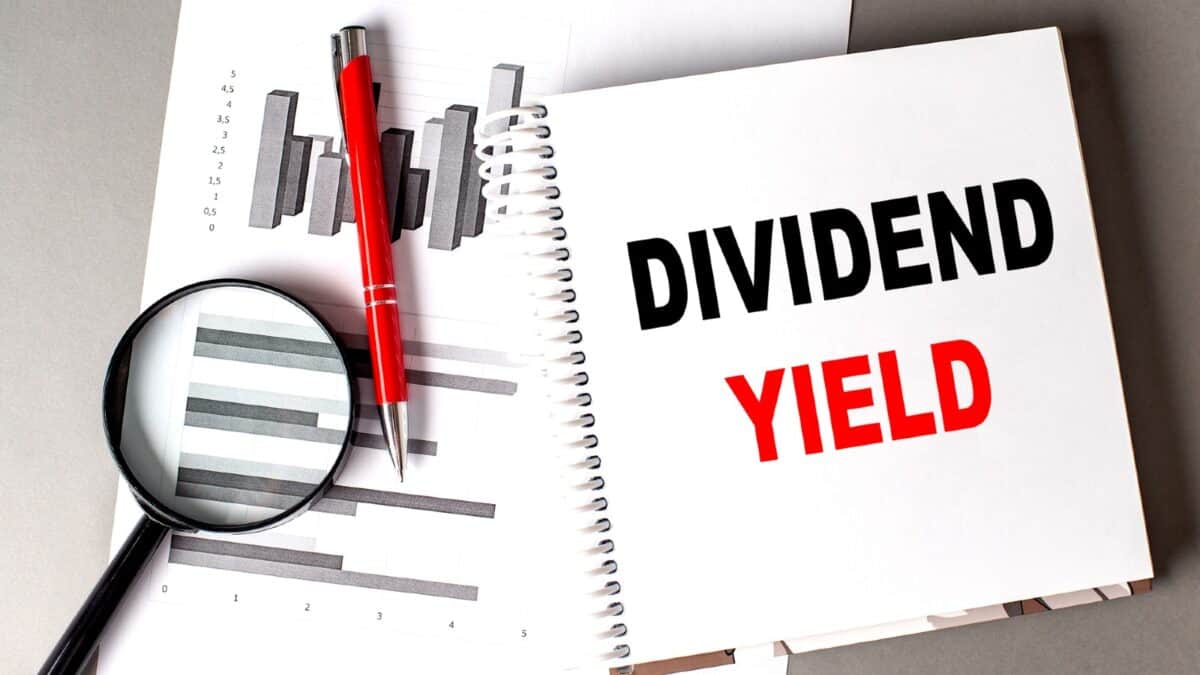
Image source: Getty Images
Dividend stocks have long been a popular destination of capital for investors seeking to earn a passive income. And while higher interest rates have led to attractive opportunities within the bond market, rate cuts are slowly putting an end to that.
A quick glance at the NS&I website shows that British Saving Bonds now only offer around 3.5%. That’s almost half the 6% being offered only a few years ago. Yet in the stock market, there are still plenty of impressive yields on which to capitalise. And one sector that seems to have a lot on offer is energy.
Oil & gas opportunities
While fossil fuels aren’t particularly fashionable among environmentally concerned investors, oil & gas companies still play a vital role in the global energy landscape. And even as the world slowly transitions towards alternatives like nuclear and renewable energy, oil & gas remain vital to this process.
In fact, natural gas is currently considered to be one of the most effective stopgap solutions as nuclear power plants are built and the hydrogen technology ‘revolution’ develops.
Right now, the FTSE 350 is home to just seven oil & gas producers. What’s more, some of these companies offer jaw-droppingly high dividend yields. So much so that the average across this basket of stock is 9.3% compared to the 3% to 4% typically offered by the stock market.
| Company | Market Cap | Dividend Yield |
| Shell | £137.9bn | 4.7% |
| BP (LSE:BP.) | £55.7bn | 7.0% |
| Harbour Energy | £2.3bn | 12.6% |
| Ithaca Energy | £2.0bn | 14.1% |
| Energean | £1.4bn | 12.2% |
| Diversified Energy Company | £660m | 11.0% |
| Hunting | £420m | 3.5% |
Why so high?
A quick glance at the list shows an interesting pattern. With the exception of Hunting, all the small-sized FTSE oil & gas producers offer remarkably high dividend yields compared to Shell and BP. This isn’t entirely surprising, given that these smaller players also come paired with a lot more risk.
- Harbour Energy and Ithaca Energy are tackling political and regulatory uncertainty surrounding future oil & gas developments in the North Sea.
- Energean’s operations are right next door to the ongoing conflict in Gaza.
- Diversified Energy Company is facing a regulatory probe over alleged mismanagement of retired wells.
Needless to say, that’s a lot of risks, making the larger industry players more attractive to risk-averse investors. The payout may not be as high. However, with deeper pockets and a more diversified portfolio of assets, Shell and BP are likely to fare better during a cyclical downturn while still offering a higher dividend yield than NS&I bonds right now.
Large-cap isn’t risk-free
Being a bigger enterprise has its advantages, but it’s not a guarantee of safety. Oil & gas demand is steadily rising. However, with so many players in this industry worldwide, the supply side of the equation is constantly in flux. That can cause oil & gas prices to move in the wrong direction, putting pressure on margins and earnings that fund dividends.
BP, in particular, has the added uncertainty of committing to a U-turn on its aggressive investments into renewables, extending its transition timeline and expanding its oil & gas efforts in the short term. In fact, that’s likely why the shares offer a higher yield at 7%.
Nevertheless, when combined with other dividend stocks in a diversified income portfolio, these energy stocks could be a good source of income. That’s why I think they deserve a closer look today.












